Last updated on
Discover the ultimate guide to effectively banish static from your couch, ensuring a comfortable and shock-free lounging experience.
Static electricity can be an annoying problem, especially when it comes to your furniture. You may have experienced that unpleasant shock when you touch your couch or noticed how pet hair seems to stick to it like glue.
But fear not! There are simple and effective ways to get rid of static on your couch and keep it looking its best. In this article, we will discuss some practical tips and tricks that will help you eliminate static from your couch once and for all.
So, let’s get started!
Table of Contents
Understanding Static Electricity

Static electricity is a natural phenomenon that occurs when two objects with different electrical charges come into contact or are rubbed together. This results in the transfer of electrons from one object to another, creating an imbalance of positive and negative charges.
When this happens on your couch, it can cause static cling and shocks.
Understanding how static electricity works is essential in finding ways to prevent it from building up on your furniture. The amount of static buildup depends on various factors such as humidity levels, temperature changes, and the type of materials used for upholstery.
Causes of Static Electricity On Couches

The main cause of static buildup on furniture is dry air. During the winter months, when indoor heating systems are in use, the air inside our homes becomes very dry.
This lack of humidity causes electrons to build up and create an electrical charge that can be felt as a shock when you touch your couch or other objects.
Another factor that contributes to static buildup on furniture is friction between different materials such as synthetic fabrics and plastic surfaces. When these materials rub against each other, they generate an electric charge which then transfers onto nearby objects like your couch.
Understanding what causes static electricity will help you take proactive steps towards preventing it from occurring in the first place or eliminating it once it has already built up on your couch.
Choose Anti-Static Fabrics
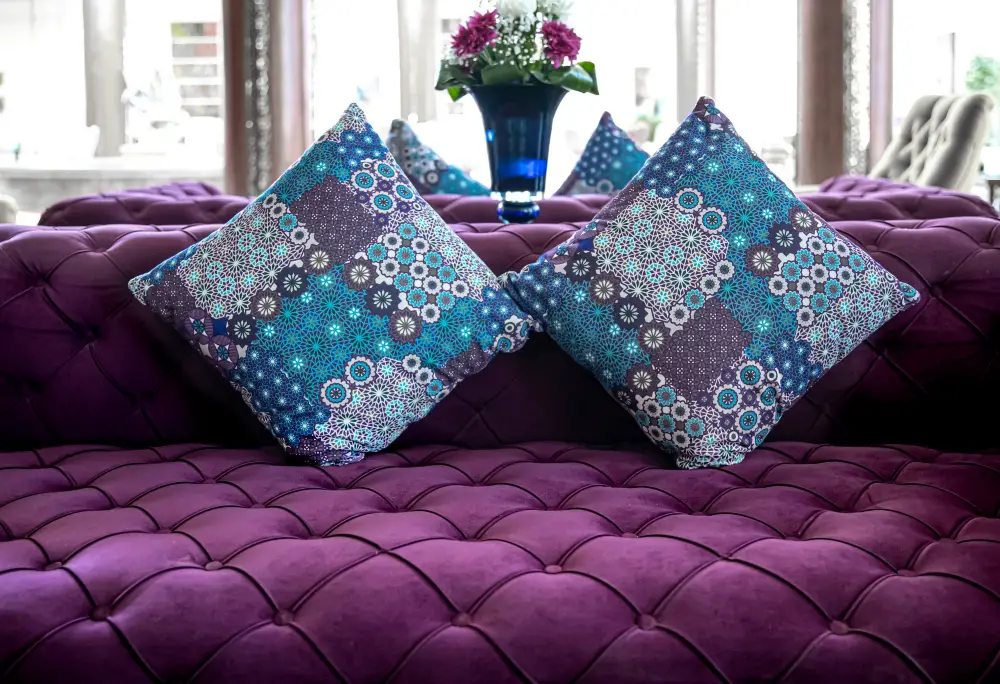
Synthetic fibers like polyester and nylon tend to generate more static electricity than natural fibers such as cotton or wool. Therefore, if you’re looking for an anti-static solution, consider opting for fabrics made from natural materials.
Cotton is a popular choice because of its breathability and durability. Wool is another excellent option that not only resists static but also repels dirt and stains naturally.
Silk has moisture-wicking properties that help reduce the buildup of electric charge.
If you prefer synthetic fabrics or have already invested in a couch made with synthetic material, there are still options available to reduce the amount of static generated by these types of textiles. Look out for anti-static sprays specifically designed for use on furniture upholstery or choose fabric softeners formulated with anti-static agents.
Static-Reducing Fabric Choices
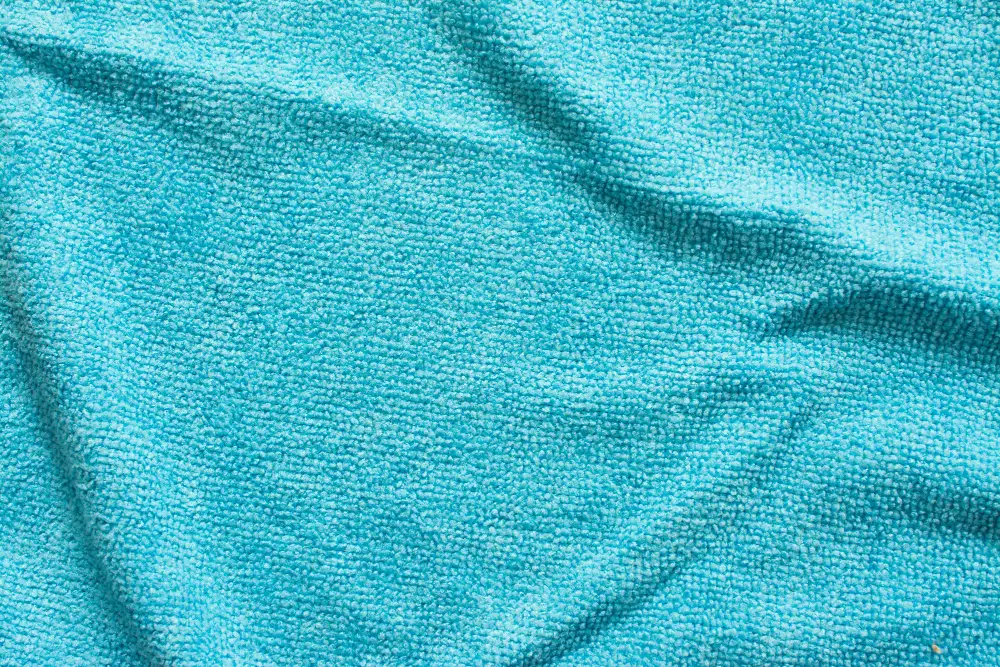
Synthetic fabrics like polyester and nylon tend to generate more static electricity than natural fibers such as cotton or wool. Therefore, if you’re looking for a way to reduce static on your couch, consider opting for natural fabrics when shopping around.
Cotton is an excellent choice because it’s breathable and doesn’t trap moisture in the same way that synthetic materials do. Wool is also a great option since its fibers can absorb moisture from the air without feeling damp or clammy.
Another alternative is microfiber fabric which has become increasingly popular due to its softness and durability. Microfiber consists of tiny threads that create less friction compared with other types of synthetic textiles resulting in less static build-up.
Use a Humidifier
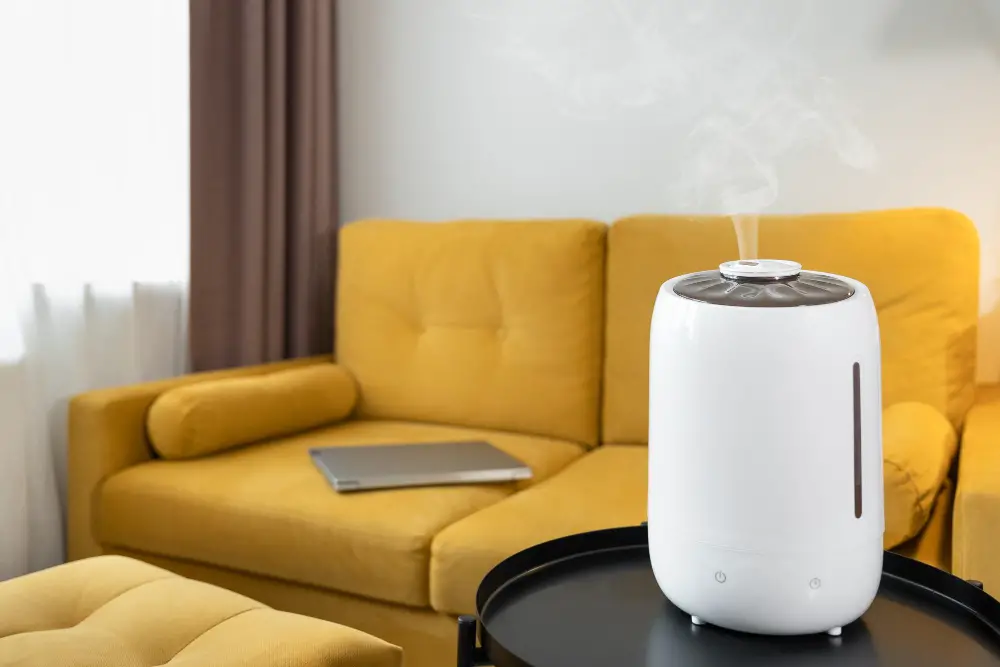
Dry air can cause an increase in static, so adding moisture to the air can help eliminate it. A humidifier works by releasing water vapor into the air, which increases humidity levels and reduces dryness.
To use a humidifier effectively, place it near your couch or in the same room as your furniture. Make sure you follow manufacturer instructions for proper usage and maintenance of the device.
It’s important to note that while using a humidifier can be helpful for reducing static on your couch, excessive humidity levels may lead to other issues such as mold growth or damage to wooden furniture. Be sure not to overuse it and keep an eye on indoor humidity levels with a hygrometer if necessary.
Increasing Indoor Humidity
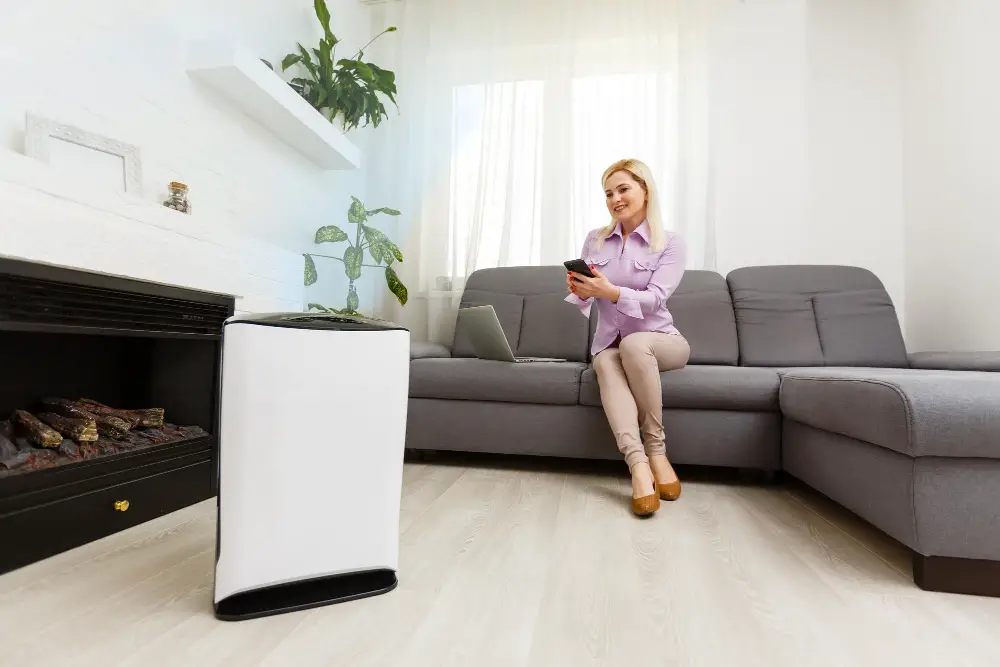
During winter, when indoor heating systems are running, the air inside can become dry and cause static buildup. To combat this issue, you can increase indoor humidity by using a humidifier.
A humidifier adds moisture to the air and helps reduce static electricity on furniture surfaces. You can purchase a portable humidifier that you move from room to room or install a whole-house system that connects directly to your HVAC unit.
When using a portable humidifier, make sure it’s placed near your couch or any other areas where you experience high levels of static buildup. Also, be sure to clean it regularly as bacteria and mold growth may occur if left unattended.
Increasing indoor humidity not only reduces static but also has numerous health benefits such as preventing dry skin and respiratory problems caused by dry air during winter months.
Keep Houseplants Nearby
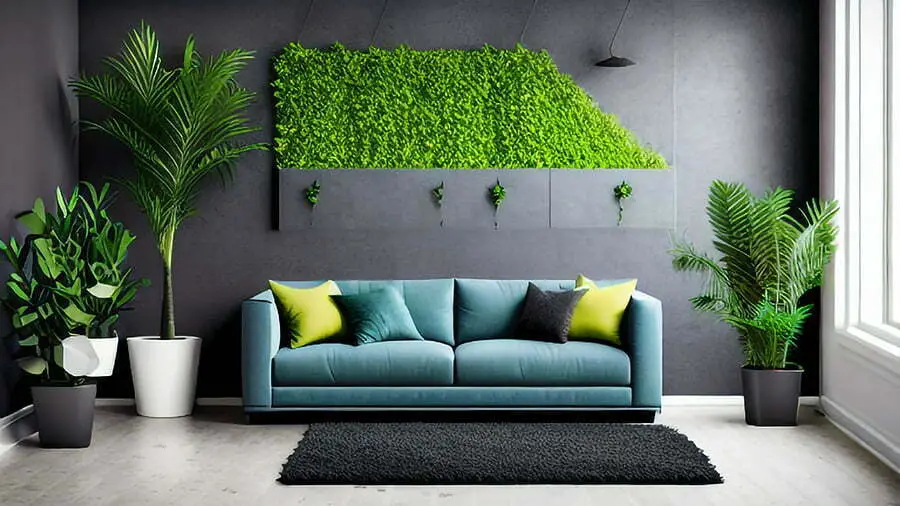
Plants release moisture into the air through a process called transpiration, which increases humidity levels and reduces static buildup. Keeping houseplants nearby is an easy and natural way to combat static electricity on your couch.
Some of the best plants for reducing static include spider plants, peace lilies, Boston ferns, and rubber trees. These plants have high transpiration rates that can effectively increase indoor humidity levels.
To maximize their effectiveness in reducing static electricity on your couches or other furniture pieces around them; place these houseplants near where you sit or lounge most frequently.
Incorporating House Plants

Plants release moisture into the air through a process called transpiration, which increases humidity levels in the room. This increase in humidity can help neutralize static charges that build up on fabrics.
Some of the best houseplants for reducing static include spider plants, Boston ferns, peace lilies and rubber trees. These plants have large leaves that release more moisture into the air than other varieties.
To incorporate houseplants into your decor scheme effectively, consider placing them near or around your couch or seating area. You could also hang them from hooks above or place them on stands nearby.
Ground Yourself

When you walk around, especially on carpets or rugs, you can build up a charge that will discharge when you touch something conductive like metal or even your couch. To ground yourself, simply touch a grounded object before sitting down on the couch.
A grounded object is anything that connects directly to the earth’s surface such as a metal water pipe or radiator.
Another way to ground yourself is by wearing shoes with leather soles instead of rubber soles which are insulators and prevent grounding from occurring naturally.
Wear Natural Fabrics

Synthetic materials like polyester, nylon, and rayon tend to generate more static electricity than natural fibers such as cotton or wool. When you sit on a synthetic fabric couch wearing synthetic clothing, the friction between the two can create an electric charge that leads to static buildup.
To avoid this problem, try wearing clothes made of natural fabrics when lounging on your couch. Cotton and wool are excellent choices because they do not produce as much friction as synthetics do.
These materials are breathable and comfortable for extended periods of sitting.
Avoid Plastic and Synthetic Materials

These materials tend to rub against each other, creating friction that generates an electric charge. If you want to avoid static on your couch, it’s best to steer clear of plastic or synthetic fabrics such as polyester, nylon or rayon.
Instead, opt for natural fibers like cotton or wool which have a lower tendency to generate static charges. You can also choose anti-static fabrics specifically designed with conductive fibers that help dissipate the electrical charge.
By avoiding plastic and synthetic materials in your furniture choices and opting for natural fiber options instead, you can significantly reduce the amount of static electricity generated in your home environment.
Apply Anti-Static Spray
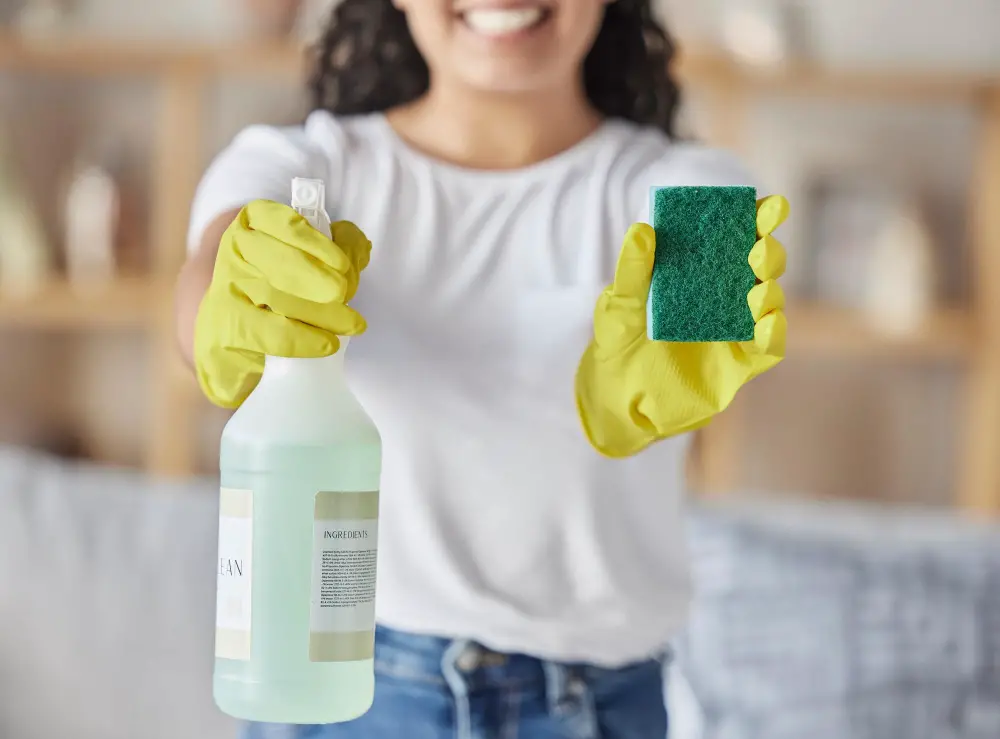
These sprays are designed to neutralize the electric charge that causes static electricity, making it easier for you to clean and maintain your furniture.
To use an anti-static spray, simply shake the bottle well and then lightly mist it over your couch. Be sure not to saturate the fabric as this can cause water damage or discoloration.
Allow the spray to dry completely before sitting on or touching your couch.
Anti-static sprays are available in most home goods stores and online retailers, so be sure to choose a reputable brand with good reviews from other customers.
Using Dryer Sheets
They work by reducing the electrical charge that builds up in fabrics, making them less likely to cling or shock you. To use dryer sheets, simply rub them over the surface of your couch or place one under cushions for long-lasting results.
It’s important to note that while dryer sheets can be effective at reducing static electricity, they may not be suitable for all types of fabrics. Some people also find their scent overpowering or irritating if they have sensitive skin or allergies.
If you decide to use dryer sheets on your couch, make sure you choose unscented ones and avoid using too many as this can leave residue on the fabric. It’s best practice to replace them every few weeks as their effectiveness diminishes over time.
Use Leather Conditioner
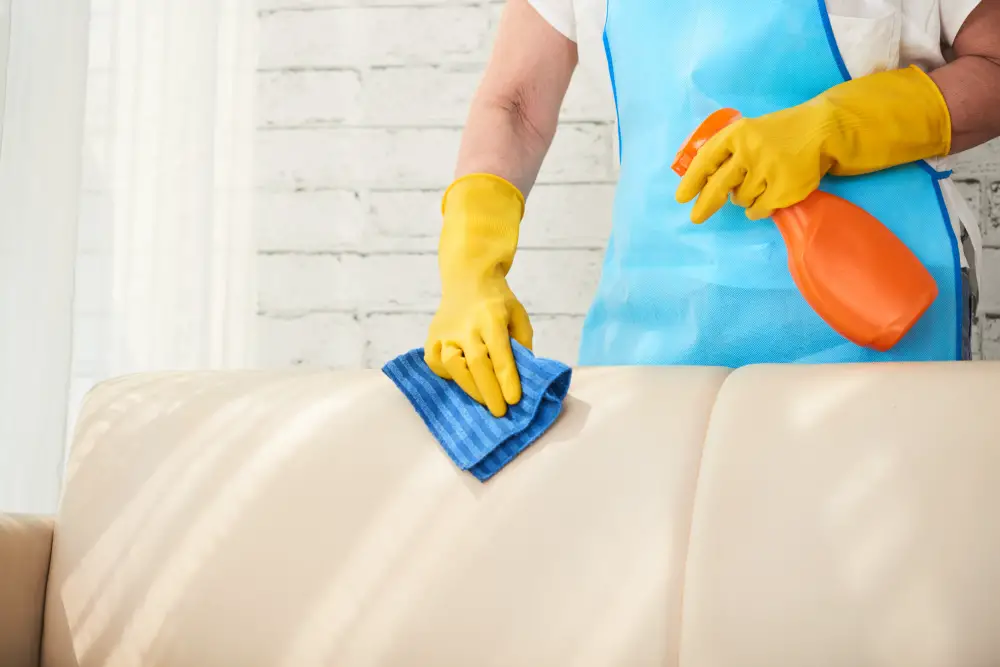
They can also be prone to static buildup, especially during dry weather conditions. To prevent this from happening, it’s essential to keep your leather couch moisturized with a good quality leather conditioner.
Leather conditioners work by replenishing the natural oils in the material that may have been lost over time or through exposure to harsh elements such as sunlight or heat. By doing so, they help maintain the suppleness of your leather furniture while reducing static electricity buildup.
When choosing a leather conditioner for your couch, look for one that is specifically formulated for use on furniture and contains natural ingredients like beeswax or lanolin. Avoid using products that contain silicone as these can leave behind an oily residue on your furniture surface.
To apply the conditioner correctly:
- Start by cleaning any dirt or debris off of your sofa with a soft cloth.
- Apply small amounts of conditioner onto another clean cloth.
- Rub gently into all areas of the sofa until fully absorbed.
- Allow it some time (usually 10-15 minutes), then buff away any excess product with another clean cloth.
DIY Anti-Static Solutions: Vinegar and Water Solution, Water and Fabric Softener Combination, Water and Hair Conditioner Mix
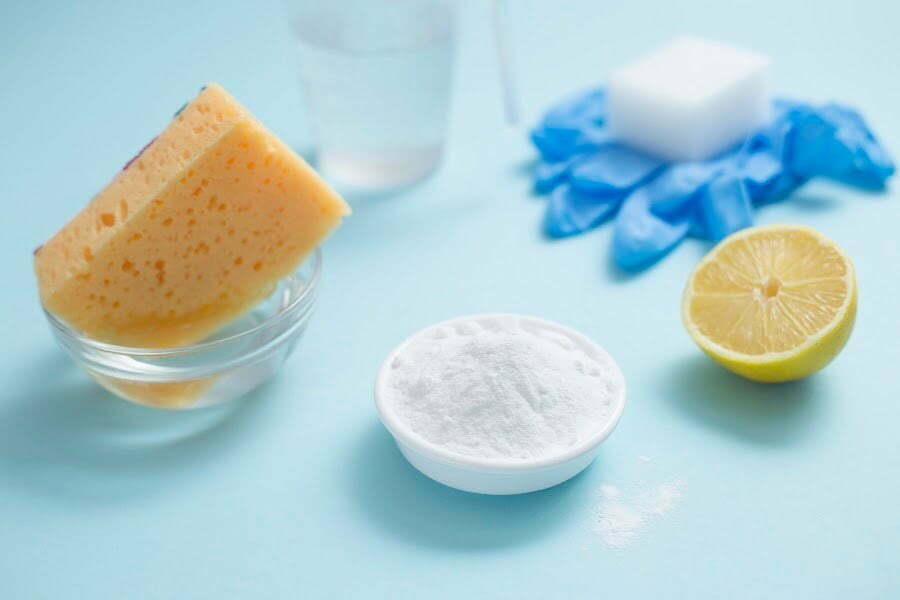
Here are some easy-to-make anti-static mixtures that can help reduce static electricity on your furniture:
– Vinegar and Water Solution: Mix equal parts of white vinegar and water in a spray bottle. Spray the solution lightly onto your couch, then wipe it down with a clean cloth.
– Water and Fabric Softener Combination: Combine one part fabric softener with two parts water in a spray bottle. Shake well before use, then mist over the surface of your couch.
– Water and Hair Conditioner Mix: In an empty spray bottle, mix one tablespoon hair conditioner with two cups warm water until fully dissolved. Lightly spritz over the surface of your sofa to eliminate static cling.
These DIY remedies work by adding moisture to fabrics which helps neutralize any electrical charge buildup that causes static electricity.
Regularly Vacuum the Couch
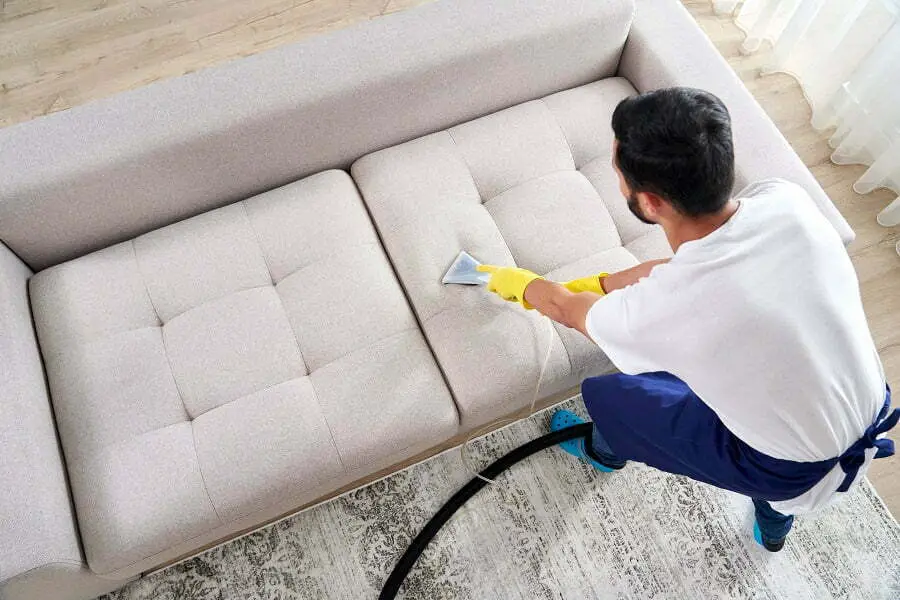
Dust, dirt, and pet hair can accumulate on your couch over time and contribute to static buildup. By vacuuming your couch at least once a week, you can remove these particles before they have a chance to build up.
When vacuuming your couch, use an upholstery attachment or brush that is specifically designed for cleaning furniture. This will help prevent any damage or scratches from occurring while also ensuring that all debris is effectively removed.
In addition to reducing static electricity buildup, regular vacuuming also helps keep your couch looking clean and fresh. It’s important not only for aesthetics but also for maintaining good indoor air quality in our homes.
Keep Couch Clean and Dry
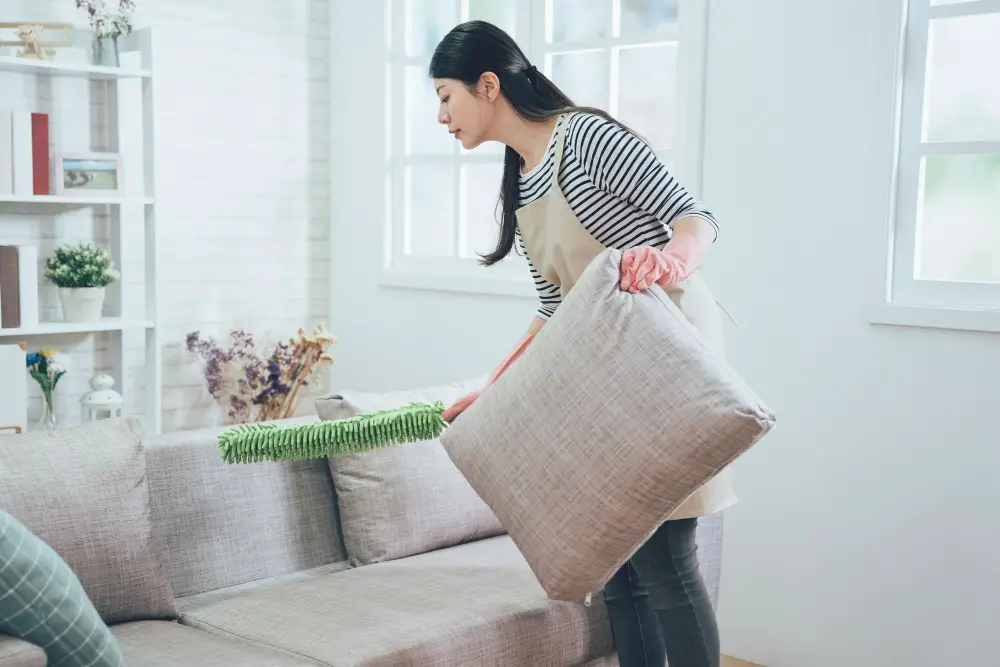
Dust, dirt, and pet hair can accumulate on the surface of your couch over time, creating a perfect environment for static electricity to thrive. To avoid this problem, make sure you vacuum your couch regularly using an upholstery attachment or a handheld vacuum cleaner.
This will help remove any loose particles that may be contributing to the buildup of static electricity.
In addition to regular cleaning, it’s also important to keep your couch dry at all times. Moisture can increase conductivity in materials and exacerbate the effects of static electricity on fabrics like polyester or nylon blends commonly used in furniture upholstery.
Groom Your Pets Regularly

Pet hair and dander can stick to the fabric, creating an environment that is conducive to static electricity. To combat this issue, it’s important to groom your pets regularly.
Brushing them daily will help remove loose fur and prevent it from accumulating on the couch.
In addition to brushing your pets regularly, you may want to consider using a lint roller or vacuum attachment specifically designed for pet hair removal. This will help keep any stray hairs off of your furniture and reduce the likelihood of static buildup.
Utilizing Couch Covers
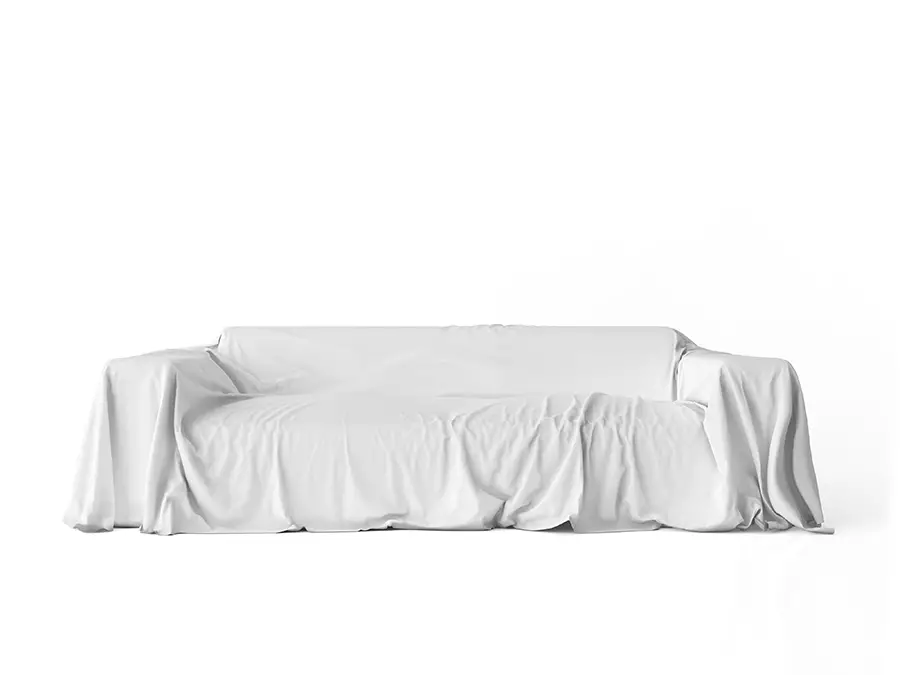
They can also help reduce static electricity on your couch. When choosing a cover for your couch, look for materials that are anti-static or have low static buildup such as cotton or linen.
These fabrics tend to be more breathable than synthetic materials like polyester which can cause more friction leading to increased static electricity.
In addition to reducing the amount of static on your couch, using a cover is an easy way to change up the look of your living room without having to buy new furniture altogether. Couch covers come in various colors and patterns so you can choose one that complements the rest of your decor.
When it comes time for cleaning, simply remove the cover and toss it in the washing machine according to its care instructions. This will not only keep it looking fresh but also eliminate any accumulated dust particles that may contribute towards generating unwanted electric charges.
Reupholstering Your Couch
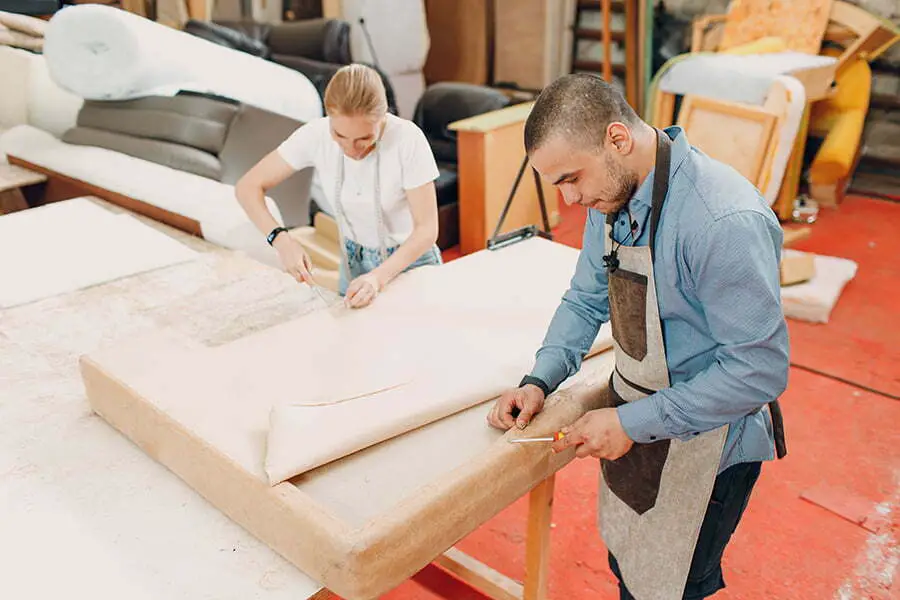
Reupholstering your couch can not only eliminate static electricity but also give it a fresh new look. This option is ideal if you have an older or worn-out couch that needs some TLC.
Reupholstering involves removing the old fabric and replacing it with new material. You can choose from a wide range of fabrics that are specifically designed to reduce static electricity buildup.
These anti-static fabrics are made from natural fibers like cotton or wool, which do not generate as much friction as synthetic materials.
While reupholstering may seem like an expensive option, it is often cheaper than buying a brand-new sofa altogether. Plus, you’ll have complete control over the design and style of your furniture piece.
Before embarking on this project yourself or hiring someone else to do so for you make sure that re-upholstery makes sense in terms of cost versus benefit analysis – especially when considering how long until another replacement will be necessary due wear-and-tear factors such as pets scratching at corners etcetera!
FAQ
Why does my couch get static?
Your couch gets static due to low humidity in the air, typically during cold winter days or when the heating is on in the house.
What neutralizes static?
Neutralizing static can be achieved through ionization, which reduces the potential for ESD damage.
How do you get static out of microfiber?
To get static out of microfiber, rub high static areas with a dryer sheet and gently run a wire hanger along the surface, being careful not to damage the fabric.
What materials are more likely to cause static on a couch?
Synthetic materials such as polyester and acrylic are more likely to cause static on a couch.
Are there any specific humidity levels that can reduce static buildup on furniture?
Maintaining a humidity level between 30% and 50% can help reduce static buildup on furniture.
Can anti-static sprays effectively prevent static on couches and upholstery?
Yes, anti-static sprays can effectively prevent static on couches and upholstery.





